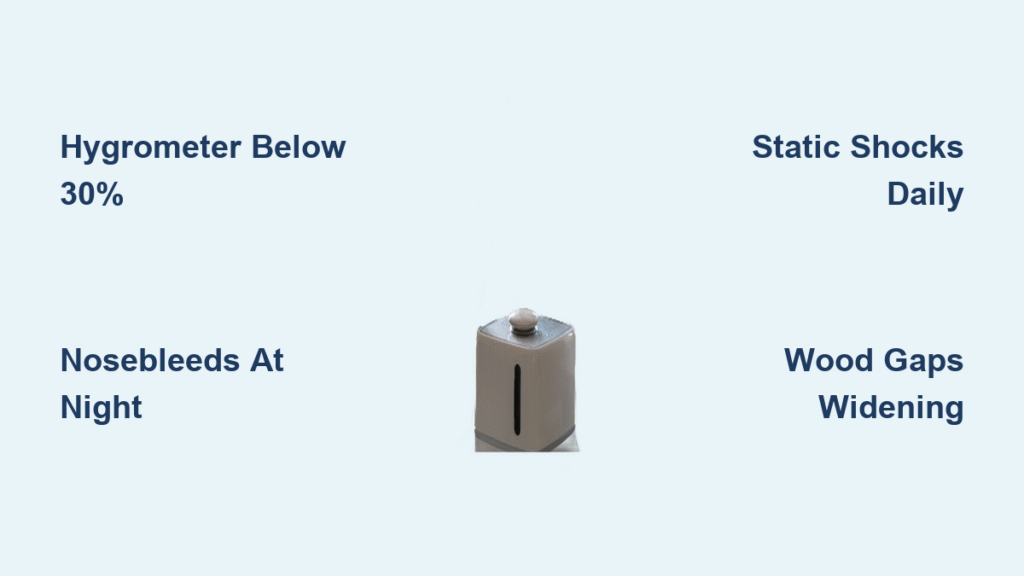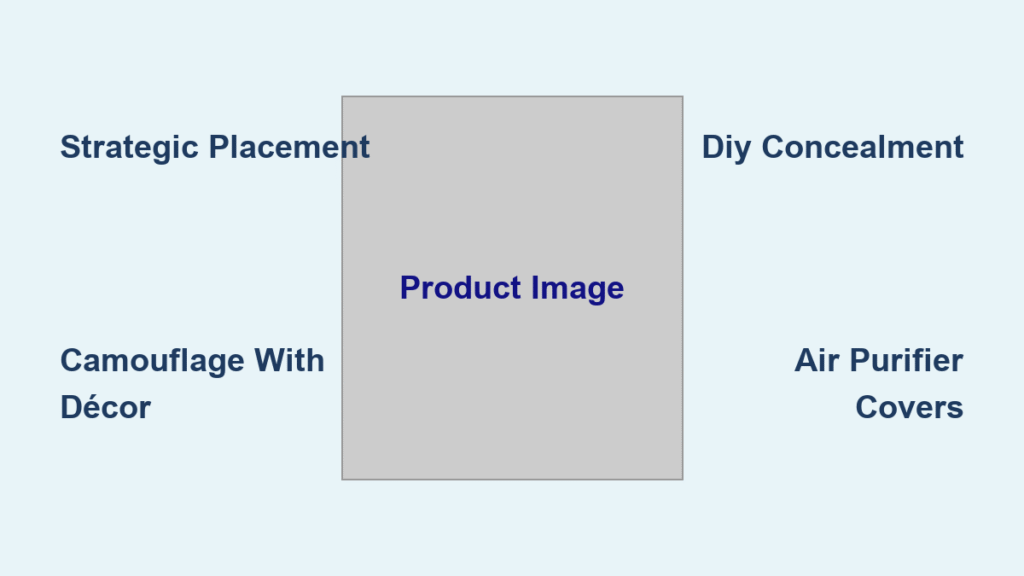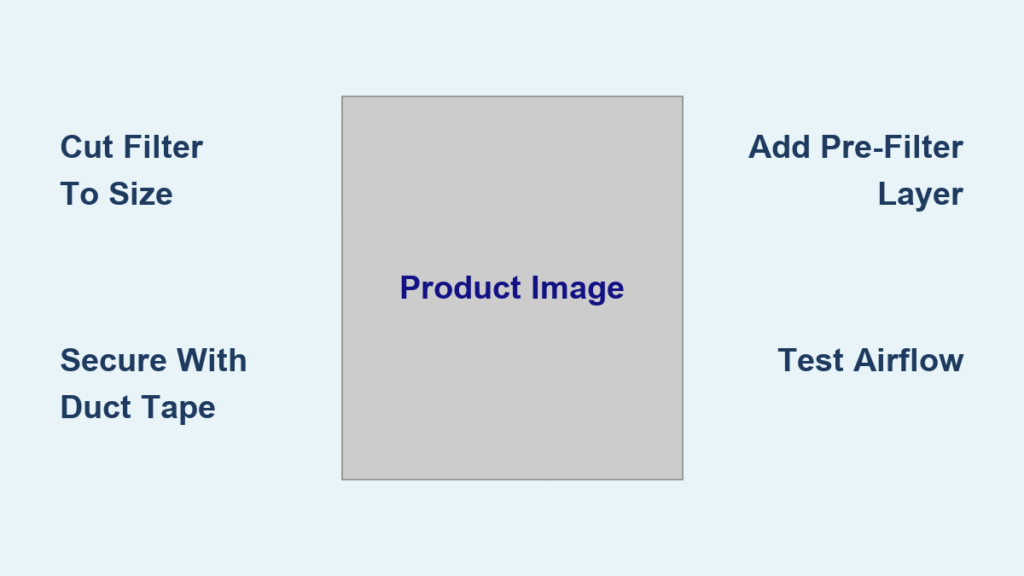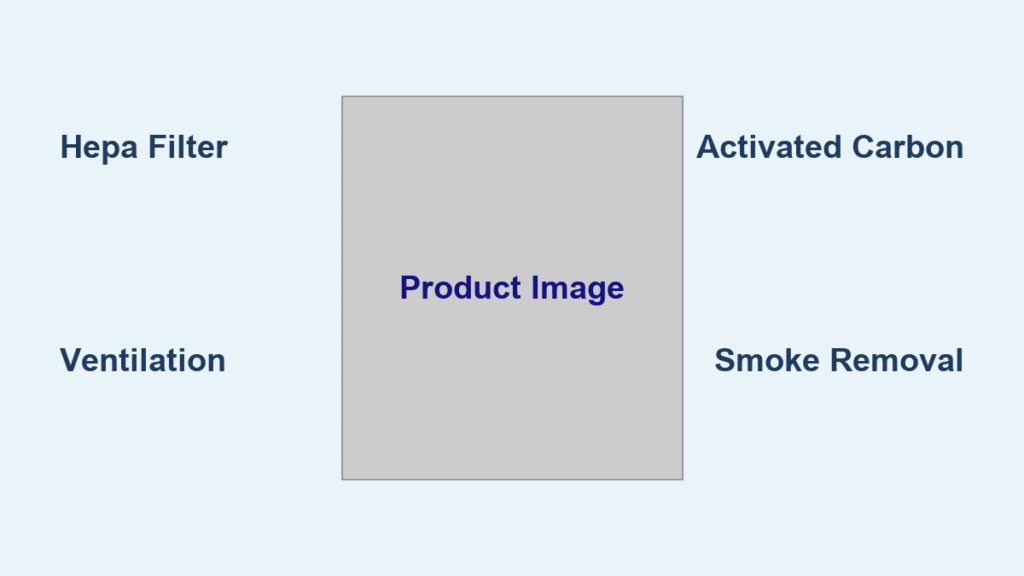Your skin pulls tight when you smile. Every handshake ends in a painful zap. You wake up with a throat like sandpaper and bloody pillowcases. These aren’t just winter inconveniences—they’re your body and home screaming that your indoor air has crossed into dangerous dryness. Before you waste money on a humidifier that might worsen allergies or grow mold, you need definitive proof your air lacks moisture. This guide gives you the exact diagnostic steps to confirm if a humidifier solves your problems or creates new ones. If your hygrometer reads below 30% or you experience two or more symptoms below, you need humidification now.
Measure Your Home’s Humidity Before Buying Anything
Get Instant Readings with a $10 Hygrometer
Grab an affordable digital hygrometer (not the decorative kind disguised as a thermometer) and place it in your main living area. Keep it away from kitchens, bathrooms, or direct sunlight. Let it stabilize for 30 minutes before checking—rushing this step gives false lows. If it consistently shows below 30% relative humidity, your air is dangerously dry. The EPA’s safety zone is 30-50%, while dermatologists and pulmonologists agree 40-60% is optimal for skin and respiratory health. Anything below 25% requires immediate action.
Skip the Guesswork with Built-In Sensors
Check your smart thermostat or HVAC system first—many modern units like Nest or Ecobee display real-time humidity. If your furnace has a humidistat (that small dial near your thermostat), note its reading. HVAC contractors can also measure humidity during routine tune-ups. These professional readings eliminate user error but cost $75-$150. For most homeowners, a $15 hygrometer gives accurate enough data to decide.
Ice Cube Test for Emergency Situations
No tools? Fill a glass with water and 3-4 ice cubes. Wait exactly five minutes. If the glass exterior stays completely dry with zero condensation, your air is critically dry—below 25% RH. This emergency test works best in bedrooms or living rooms where you spend the most time. Note: This method fails in humid climates or during summer, so confirm with a hygrometer later.
Health Symptoms That Prove Dry Air Is Harming You
Nighttime Nosebleeds and Throat Pain
Waking with blood on your pillowcase more than twice weekly isn’t normal—it means nasal membranes are cracking from desert-dry air. If your morning congestion clears only after a hot shower, or your throat feels shredded until noon, your bedroom RH is likely below 20%. Snoring that worsens in winter? Dry air inflames throat tissues, narrowing airways. These aren’t “just allergies”; they’re urgent hydration signals.
Skin and Hair That Won’t Recover
Moisturizer that vanishes within minutes? Flaky patches that persist despite creams? That’s environmental dryness, not skincare failure. Cracked lips that chapstick can’t heal, nails splitting vertically, and hair that defies brushes with static electricity all confirm RH below 30%. Dermatologists see these symptoms escalate within 48 hours of humidity dropping—your body reacts faster than wooden floors.
Eye Irritation and Lingering Illness
If your eyes feel gritty like sandpaper while working at a computer, or allergy symptoms worsen only during heating season, dry air is stripping your tear film and nasal mucus. This isn’t just uncomfortable—it prevents your body from trapping viruses. Colds that linger past 10 days often indicate dry air slowing mucosal healing. Asthma sufferers report 30% fewer flare-ups when maintaining 40-50% RH.
Environmental Damage Only Dry Air Causes

Wood That’s Literally Falling Apart

Check hardwood floors for new gaps wider than a nickel between planks. Inspect door frames where corners separate like opened envelopes. Run your hand over wooden furniture—any new hairline cracks mean moisture loss. Pianos and guitars warp fastest; a soundboard gap or sticking keys confirm RH below 25%. These changes happen gradually but accelerate when heating systems run.
Household Items That Fail First
Houseplants wilting days after watering? That’s dry air stealing moisture from soil. Book pages turning brittle and yellowing at edges? Wallpaper peeling at seams without moisture stains? These appear before health symptoms, making them critical early warnings. Desert-dwellers often notice these signs year-round, while seasonal homeowners see them only in winter.
Static Electricity You Can Count
Track daily shocks: More than 2-3 static zaps touching doorknobs means RH below 20%. Clothing clinging to your body or hair standing straight up aren’t quirks—they’re measurable physics. In forced-air homes, static spikes when furnace kicks on. Count shocks for three days; if you average 3+, buy a hygrometer immediately.
When You Absolutely Shouldn’t Buy a Humidifier
Condensation and Musty Smells Mean Danger
Fogged windows that stay wet for hours, musty odors in closets, or water stains on ceilings indicate RH above 50%. Adding moisture here risks toxic mold growth in walls. If your hygrometer reads 55%+ consistently, you need a dehumidifier—not more humidity. Summer in humid climates (like Florida or coastal areas) rarely requires humidification.
The Sweet Spot You’re Already Hitting
Readings between 30-50% with no symptoms mean your home is balanced. Monitor monthly during winter, but don’t add equipment. Homes with steam radiators or radiant floor heating often maintain ideal humidity naturally. Newer “tight” homes (post-2010 construction) may need humidifiers only during extreme cold snaps.
Your Next Steps After Confirmation
Match Humidifier Size to Your Room
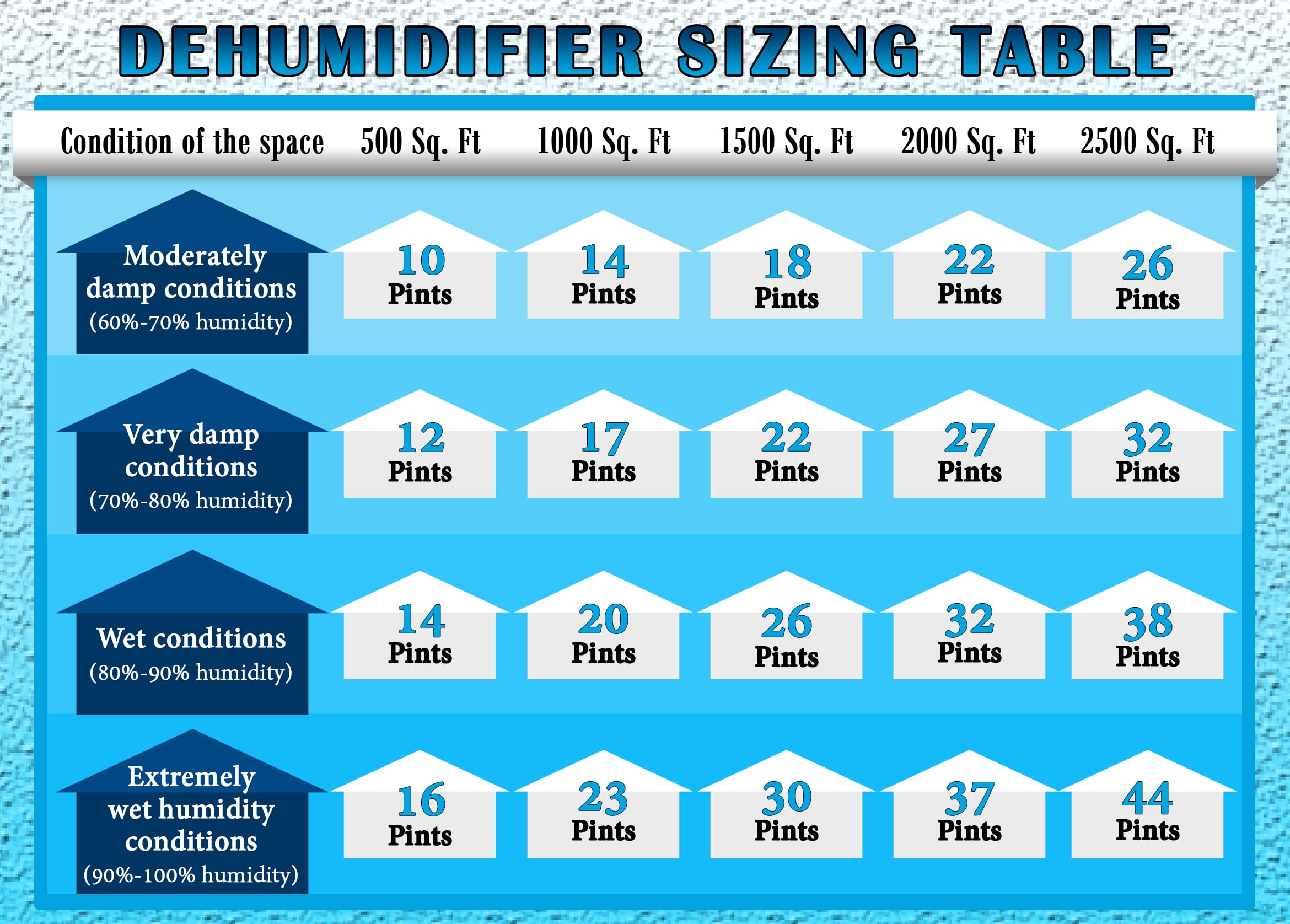
Measure your space: Small bedrooms (100-300 sq ft) need 0.5-1 gallon tanks; large rooms (300-500 sq ft) require 1-2 gallon units; open floor plans demand 2+ gallon tanks or whole-house systems. Oversizing causes over-humidification—undersizing wastes money. Always choose units with built-in humidistats that auto-shut off at 50% RH.
Critical Safety Protocols You Must Follow
Use distilled water to prevent “white dust” mineral deposits. Empty and dry the tank daily—even overnight stagnation breeds mold. Deep-clean weekly with 3% hydrogen peroxide (not vinegar, which leaves odors). For asthma sufferers, consult your doctor first—poorly maintained humidifiers worsen symptoms. Cool-mist ultrasonic units are safest around kids; keep cords secured.
Maintain Perfect Humidity Year-Round
The Sunday Monitoring Routine
Check your hygrometer every Sunday. Target 40% RH initially—adjust up or down based on symptoms. If windows fog, lower settings by 5%. Never exceed 50% RH. Mark filter changes on your calendar (most last 1-3 months). After weatherizing your home, retest humidity—you’ll likely need more moisture.
Spot Over-Humidification Before Damage Occurs
Watch for these red flags: Damp curtains near the unit, musty smells from vents, or condensation on interior walls. These mean your humidifier is oversized or settings are too high. Immediately reduce runtime and run exhaust fans. Persistent issues require switching to a smaller unit.
Final Decision Framework: If your hygrometer reads below 30% AND you have two or more symptoms (nosebleeds, static shocks, wood gaps), buy a humidifier today. Between 30-50% with no issues? Monitor monthly. Above 50%? Investigate dehumidification immediately—mold grows fast. Remember: Proper humidity isn’t about comfort—it’s preventing health crises and saving thousands in home repairs. Test now, act fast, and breathe easy tonight.

